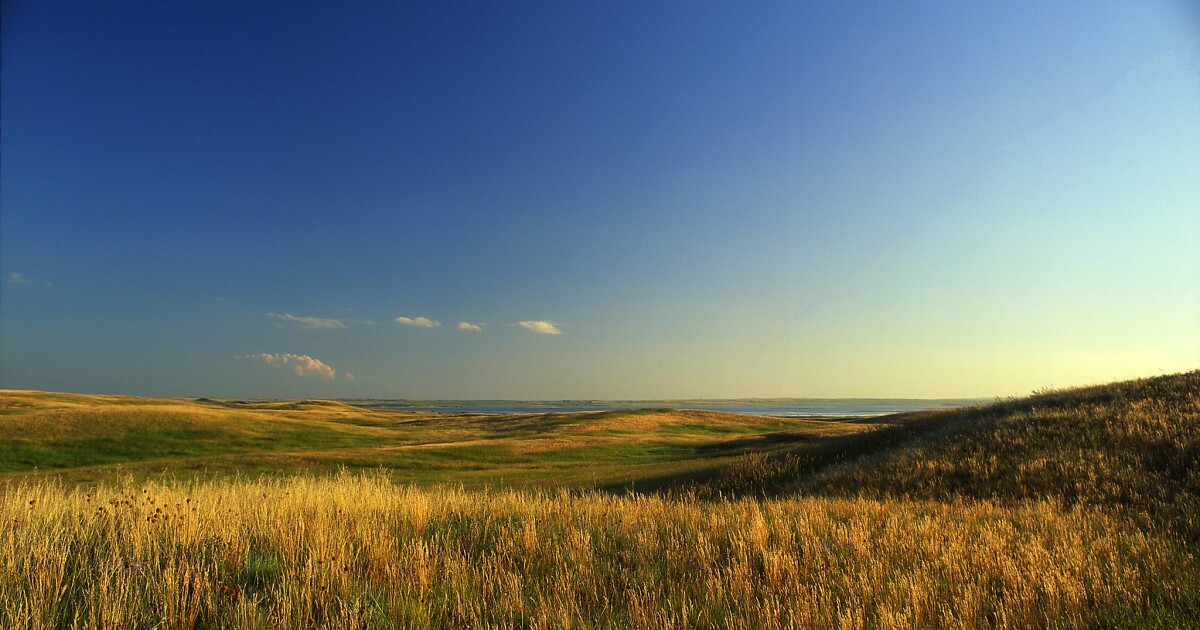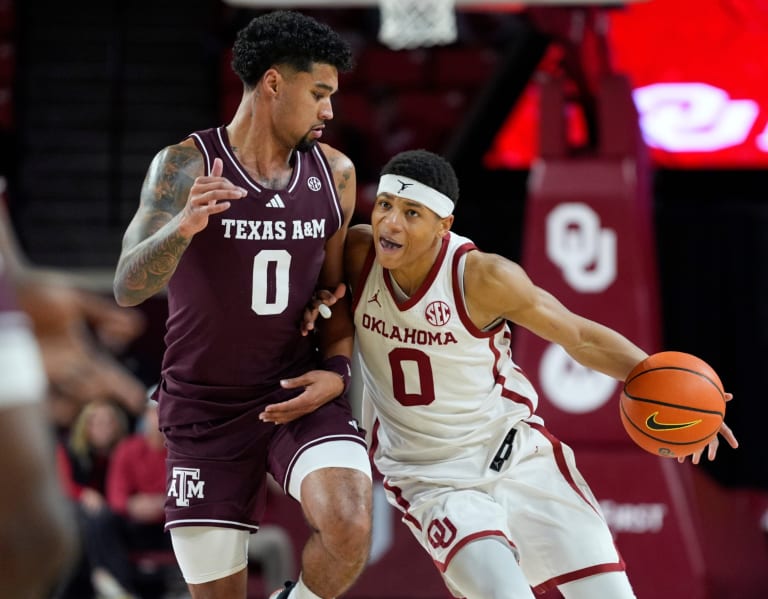North Dakota
The beauty of North Dakota's prairie landscape

I recently read a blog by Kent Nerburn, author of the trilogy Neither Wolf Nor Dog, The Wolf at Twilight, and The Girl Who Sang to the Buffalo, most of which are set in North and South Dakota.
Nerburn is a northern Minnesota author who was not initially impressed with North Dakota. He described it as “endless miles of boredom.” But then he went on to say that the Dakotas began to whisper to him, and he found himself being “pulled magnetically into the vast openness of the plains and prairies to the west.” So his next book, Long Dog Road, will be set, in his words, “in the land that had so touched my spirit and fired my imagination.”
Sound familiar? For many, be they native North Dakotans, transplants, or those just passing through, it often takes some time to warm to the wide-open spaces of the North Dakota landscape.
Although there is a lot of crop land, I suspect that for many people, the wide-open expanses of prairie are a large part of what calls people to love and appreciation of the landscape. Looking out over those vast expanses of prairie can be humbling. But those large tracts of prairie are getting harder to find. There are, however, still places in the state where one can look across the landscape and see largely unobstructed prairie with few if any trees or signs of modern human occupation.
John Madson described the prairie well in his book, Where the Sky Began: Land of the Tallgrass Prairie:
“A man could stand in a small grove of virgin white pine of the same size and feel that he was in primeval forest. Not so with prairie. To the average man, a scrap of native prairie is just a shaggy weed patch between cornfields. Prairie must have sweep and perspective to look like prairie. It is more than native grasses and forbs: it is native sky, and native horizons that stretch the eye and the mind. To be good prairie, really good prairie, it must embrace the horizons.”
So, as you travel about the state, take a little more time to more closely observe and appreciate the unique aspects of the North Dakota prairie landscape. It may touch your spirit and fire your imagination, as well.

North Dakota
North Dakota K-12 schools affected by nationwide cyber breach • North Dakota Monitor

A nationwide cybersecurity breach has affected software used by North Dakota public schools, North Dakota Information Technology confirmed Wednesday. It was not immediately clear if any North Dakota student or teacher data was exposed.
The state agency has asked North Dakota principals, teachers and families that use the program PowerSchool to change their passwords.
All North Dakota public schools use PowerSchool to manage student data including enrollment, attendance, scheduling, transcripts and more, according to the NDIT-EduTech website.
The breach — which is still under investigation — affected one of PowerSchool’s customer support portals. The company has since secured the portal, and has found no evidence of ongoing unauthorized activity, according to information NDIT provided to school districts.
North Dakota Information Technology is working with PowerSchool to evaluate the scope of the data breach, the state agency said.
The state has cut off access to the portal as of noon Wednesday to anyone not using the state’s network.
North Dakota Information Technology will provide another update on the incident on Jan. 17 by noon.
Updates also will be posted to the NDIT-EduTech website.
PowerSchool initially discovered evidence of the incident on Dec. 28, according to NDIT.
“We have taken all appropriate steps to prevent the data involved from further unauthorized access or misuse,” PowerSchool said in a statement to the North Dakota Monitor. “The incident is contained and we do not anticipate the data being shared or made public.”
GET THE MORNING HEADLINES.
North Dakota
Our opinion: Tougher sentences on certain crimes in North Dakota needed, no matter cost or jail crowding

Drew Wrigley wants to send a message to those who commit offenses against or in the face of law enforcement officers.
“There are too many people that turn to violence when confronted by law enforcement, and we can’t stand by anymore,” Wrigley, North Dakota’s attorney general, recently told Forum News Service. “There has to be an additional penalty. If there is not an additional penalty, they’ll do it every time. … We can’t let it go on anymore. It has to stop.”
And with that goal, he plans to reintroduce a proposal during the 2025 session of the Legislature that he hopes will set minimum sentences for crimes against officers — things like assault on an officer, resisting arrest and fleeing. Opponents contend Wrigley’s proposal will put more people through the court system and crowd jails, according to a Forum News Service report earlier this week. The cost could be in the millions of dollars.
We don’t care about the cost, the potential crowding or any of that. Wrigley’s proposal has merit.
He first pushed the idea during the Legislature’s 2023 session, but it died in surprising fashion. Despite an intent that we see as actually helping law officers do their job — and to protect them better — SB 2107 was derided by some.
Among the new proposal’s bullet points are minimum sentences of:
- 14 days in jail for resisting arrest
- 30 days for simple assault on an officer
- 30 days for fleeing an officer
And if a person commits another crime, the sentences for resisting, fleeing and assault would be served consecutively to that other crime, Forum News Service reported. At present, Wrigley said, sentences of crimes against officers run concurrently with a person’s other crimes. It means offenders of crime against officers often aren’t really punished for it. Thus, Wrigley believes, offenders consider it rational to resist, flee or assault an officer.
It’s been on Wrigley’s mind for some time now. In 2022, he told the Grand Forks Herald that a tightening of laws is needed to help cut down on things like police chases, which endanger not only police but others, too. At the time, he also was pushing for sentencing changes for concealed and discharge of weapons, but police chases and other crime against officers also were discussed.
He notably called police chases “a dramatic problem” and said the public has lost faith in the system’s ability and the will to protect them. Perhaps deep down, police officers might feel the same way, too. And in a time of a shortage of officers — many departments report difficulties filling open positions — doesn’t it make sense to do more to protect those who protect us?
Tougher sentences must be the way forward.
“Some people will say, this is going backward in time. But sentencing reform should be methodical and intelligent. It shouldn’t just be ‘people get out of jail earlier.’ That’s not sentencing reform,” Wrigley said.
Sure, some North Dakota jails are crowded, but that shouldn’t dissuade lawmakers from seeing the merit of Wrigley’s proposal. Mandatory, and tougher, sentences for certain crimes — especially those involving chases, assaults on officers and the like — seem like a common-sense fix to a rising problem.
Herald editorials are written under the byline “Herald editorial board,” since they sometimes include the thoughts, opinions or written input of multiple authors. Editorials generally reflect the opinion of a newspaper’s publisher.
North Dakota
North Dakota chief justice calls for higher pay for judicial staff during judiciary speech

BISMARCK — North Dakota Chief Justice Jon Jensen touted the effectiveness of the state’s court system while urging lawmakers to boost pay for judicial employees to retain top talent during his State of the Judiciary Address on Tuesday.
“The citizens of North Dakota desire the best judicial system available,” Jensen said. “Attracting and retaining dedicated individuals must be a priority.”
Senate Majority Leader Sen. David Hogue, R-Minot, said the Legislature approved 6% and 4% raises, and equity increases for judicial employees during the 2023 legislative session and said he was sure lawmakers would be providing more increases during this session.
Jensen said that a recent three-year study showed that North Dakota judges have the highest criminal caseload in the United States and are among the fastest courts in processing criminal cases.
The chief justice said that the judges, clerks, court administrators and juvenile court officers accomplished this feat despite facing challenges in the size of caseloads, subject matter and geography. The district courts handle roughly 180,000 cases per year and Jensen said that the judges are “judges of general jurisdiction,” meaning they are required to know every aspect of the law “from traffic violations to felonies.”
In regards to legislation, Jensen said that the judiciary would be supporting the creation of the Office of Guardianship and Conservatorship to provide better accountability for the $17 million in public funds that is spent on guardianship services.
Hogue said he supported the idea of assigning the judiciary the “overall responsibility to manage” the guardianship and conservatorship processes but did not comment on the proposed Office of Guardianship and Conservatorship.
Senate Judiciary Committee Chair Sen. Diane Larson, R-Bismarck, said that she had not yet seen any bill that would create a new office or appropriate funding for the proposed office, but that she was looking forward to hearing more about it once it was introduced to her committee.
The chief justice said the judiciary is expanding problem-solving courts to include a veterans court in Fargo and a mental health court in Bismarck, while making jury service simpler by shortening the time jurors are on call and making it possible for jurors to request a postponement or an excuse from jury service online.
In a post-address interview, the chief justice said that the judiciary was also working on initiatives to automate some of the processes done in the state Clerk of Courts Office.
“It’s easy to fall behind on the technology side,” Jensen told the Tribune. “But in order to really provide the service that we should be giving to North Dakota residents and also anticipating folks that are going to be working in the judicial system in the future, we need to provide them with technology tools that are going to allow them to keep up with the rest of society.”
Jensen finished his address by saying the integrity of courts in the United States was being challenged by the people and that confidence in the judicial system was being eroded.
Jensen said that criticism of the justice system is not new; it’s understandable and can be helpful when a court has erred.
“However, recently, challenges to judicial decisions and judicial officers have — and criticism of judicial officers have — gone beyond understandable criticism to include threats of violence, intimidation, and even statements by representatives of our federal executive branch indicating an intent to ignore lawfully entered judicial orders,” Jensen said.
He noted recent threats against judges and court staff in the state, though he didn’t provide specifics.
The chief justice acknowledged that the separation of powers and judicial review naturally gives rise to tension between government branches but said North Dakotans are fortunate to live in a state where the separation of powers is respected.
“In North Dakota, judges can faithfully discharge their duties in the most difficult of cases with the comfort of knowing that both the executive branch as well as the legislative branch of our state government will respect the decision regardless of the outcome,” Jensen said.
“Likewise, our judges understand the need for separation of powers and will faithfully limit ourselves to cases and controversies, leaving the executive and the legislative branches to carry out their reciprocal duties,” he said.
-

 Business1 week ago
Business1 week agoThese are the top 7 issues facing the struggling restaurant industry in 2025
-

 Culture1 week ago
Culture1 week agoThe 25 worst losses in college football history, including Baylor’s 2024 entry at Colorado
-

 Sports1 week ago
Sports1 week agoThe top out-of-contract players available as free transfers: Kimmich, De Bruyne, Van Dijk…
-

 Politics6 days ago
Politics6 days agoNew Orleans attacker had 'remote detonator' for explosives in French Quarter, Biden says
-

 Politics6 days ago
Politics6 days agoCarter's judicial picks reshaped the federal bench across the country
-

 Politics4 days ago
Politics4 days agoWho Are the Recipients of the Presidential Medal of Freedom?
-

 Health3 days ago
Health3 days agoOzempic ‘microdosing’ is the new weight-loss trend: Should you try it?
-

 World1 week ago
World1 week agoIvory Coast says French troops to leave country after decades















